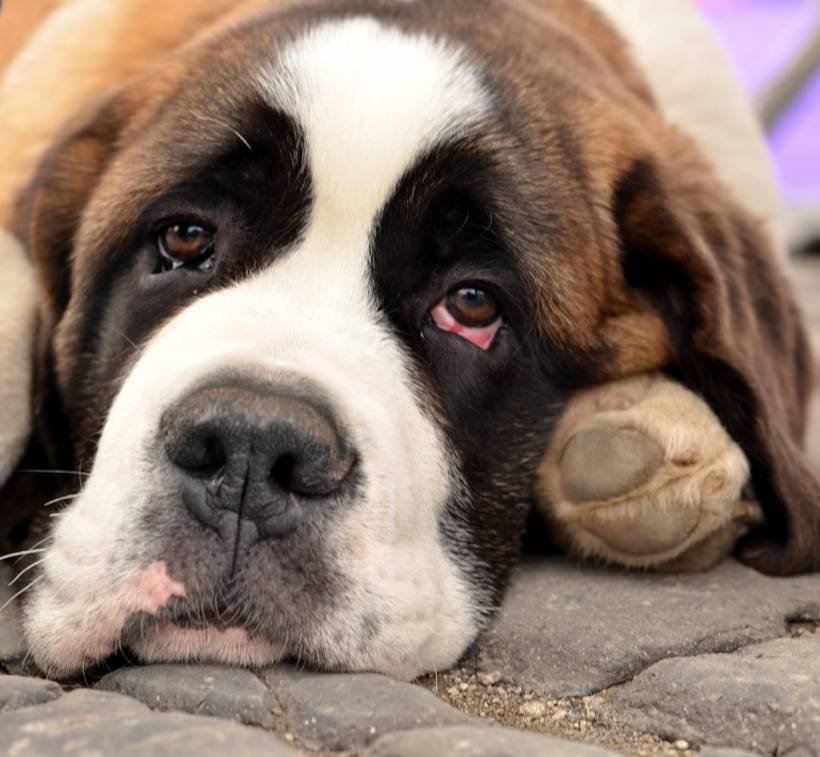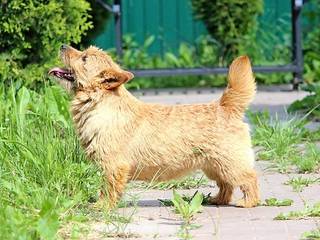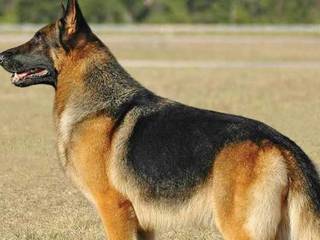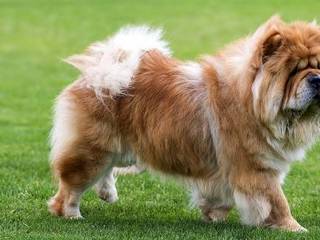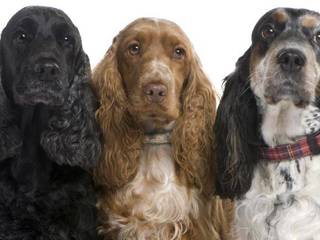A small fluffy ball of happiness and devotion appeared in your house - a puppy. Where do we start communicating with this little creature? How to provide your puppy happy childhood and at the same time lay the foundation, which in future will help to raise an obedient and adequate dog?
The breed of your puppy does not matter: Toy terrier, Neapolitan Mastiff or Bull terrier; any dog needs training. It may seem that training Chihuahuas is a waste of time, but there are a lot of unexpected events in life, starting with the car, suddenly taking off from the corner of the house, ending with a delicious piece of poison, lying in the grass. At such moments, you usually start to lament yourself that you did not teach the dog such commands as "Come!" and "You must not!".
You should understand that knowing elementary commands is not only the guarantee of happy relationship with your pet, but also a necessary condition to ensure the safety of the latter.
Where do you start?
First, start with yourself. The first rule of success is patience. If you teach a 2-month-old puppy the first command, and it cannot remember them for a long time, do not blame him for it in any case, and do not be angry! Do not be upset and fix in your mind the idea that the puppy is stupid and will never learn anything.
Puppies develop in different ways: someone remembers all for a couple of days, for someone it takes a week to develop the same command. Remember, to 3-4 months puppies should be brought only by the "encouragement" method. An exception is the command "You must not": here, if the puppy turned out to be obstinate, and the treat did not help, but more on that later.
Therefore, we begin to teach it commands
The first thing the puppy should learn is his name.Everything is simple: call him by name, and as soon as he turned his attention to you, give snacks. Memorization with this approach will take a couple of days, no more.
The second most important command, which he should start learning from the very first days in your home is "Come!". Draw his attention, calling him by name, tease with a toy, if necessary, at a time when the pet happily runs in your favor, repeat a couple of times a clear, bright and happy To me, Clever! Follow the tone of voice when praising your dog; it must be enthusiastic and sincere. When the puppy ran to you, give a treat. Several such exercises and kid will fly to you, sweeping away everything in his path and throwing all his affairs, as he heard the sacred words. Remember, the command Come is the command of dogs trust to you; it must be associated with joy. If you ever call the puppy or an adult dog and scold him for something, you have every chance of losing his trust: the dog will no longer be for you at a command and you will have to restore contact with the pet for a very long time, if that ever happens.
Command Sit! Puppies constantly follow these orders independently, without being aware of it. Your task is to mark the correct position of the desired word and treat. You stand over the puppy, holding a treat in your hands, the puppy jumps, spins at your feet, but eventually sits and waits when you stop teasing his sensitive nose. At this point, you clearly say Sit! give a treat and praise. At the same time, it can be accompanied by a gesture, for example, to keep a raised index finger vertically up: gestures help many dogs to avoid confusion in commands
